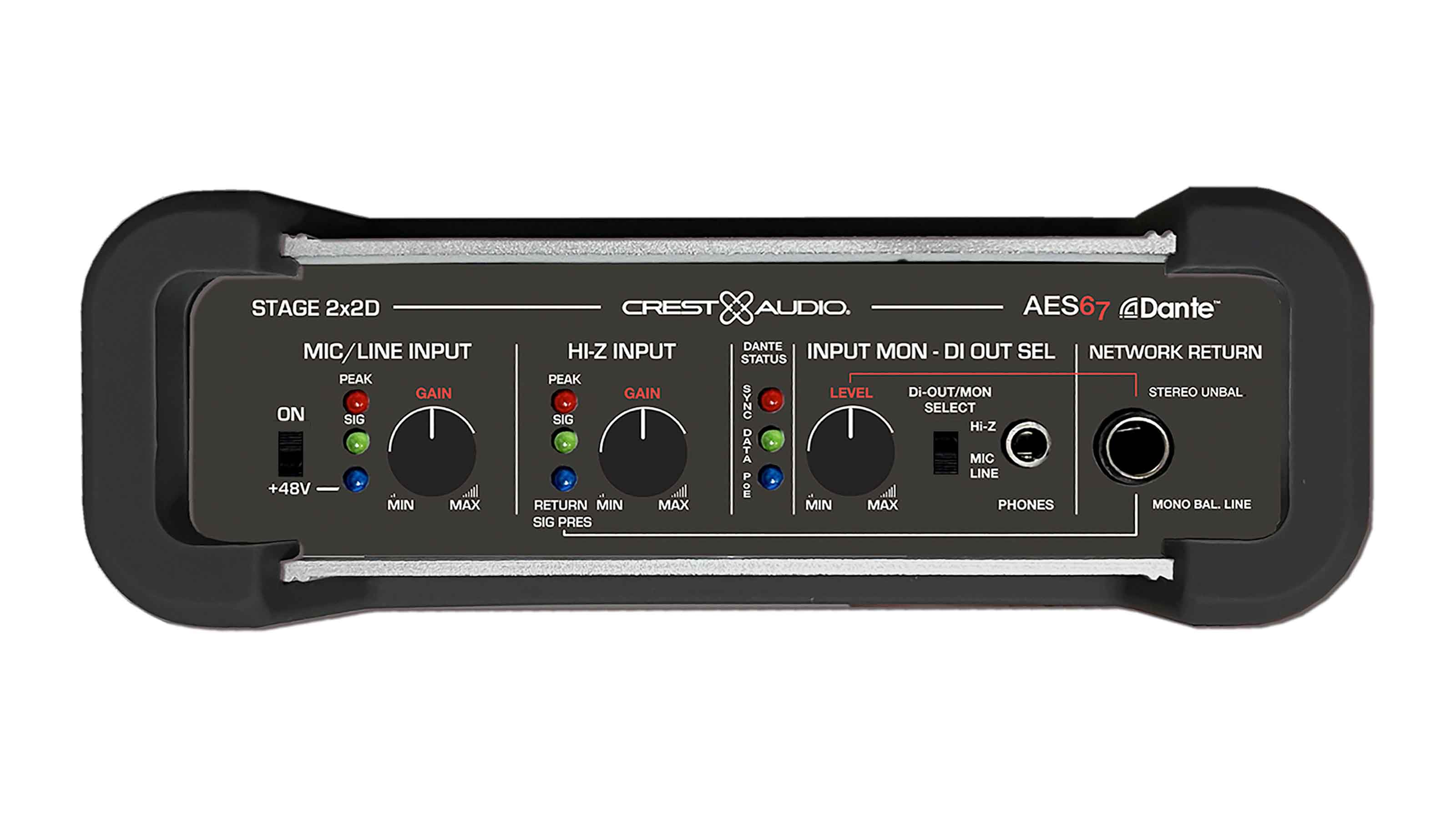How To LEED
- In my inaugural GreenAV article, we discovered the many on-ramps to the green building movement. But what is a green building exactly? And how does AV play a role in green building design?
- The U.S. Green Building Council (USGBC) was formed in 1993 with the goal of transforming the building design and construction industries toward sustainability. USGBC members quickly began work on the Leadership in Energy and Environment Design (LEED) point system to establish a metric for building designers, contractors, and owners to track a project's "greenness." LEED Version 1.0 was released in 1998 and the rating system continues to evolve and diversify to address various project types: new construction, existing buildings, commercial interiors, and shell and core; as well as specific markets: schools, healthcare, retail, and residential.
- In studying for my LEED accreditation, I was struck by the fact that LEED not only addresses the environmental issues one would expect, such as water management, recycling/reuse of materials, and energy efficiency, but it also focuses on health and productivity issues, such as indoor air quality, thermal comfort, and daylighting. The goal of green buildings is not simply to be better for the environment, but to be better for the people who live, work, and learn in them. With buildings representing nearly 40 percent of our total energy consumption and people spending nearly 90 percent of our time indoors, efficient and healthy buildings are becoming a major priority.
- The LEED rating system is organized and awarded points in the following areas: sustainable sites, water efficiency, energy and atmosphere, materials and resources, indoor environmental quality, and innovation in design. According to the number of points earned in these areas, LEED recognizes levels of achievement and assigns a certification value to the project, from basic to silver, gold, or platinum.
- Though you won't find the term "AV" or any specific requirements for AV in the primary LEED rating systems, that doesn't mean AV gets a pass. There are at least 10 areas in the LEED point system where AV and the often-interrelated field of acoustics can affect, both positively and negatively, the points a project can earn (see sidebar).
- I am often asked, "Isn't this just a feel-good thing?" and "What's a point worth anyway?" The answer is increasingly, whether it's city or state governments, school districts or universities, developers or corporate CEOs, owners are recognizing the benefits of going green and are requiring, by contract, their design and construction teams to deliver green buildings. In my opinion, within three years green building practices will have become so widely adopted we'll forget how-and wonder why-we used to design and build buildings without regard to sustainability. I also believe building green may become incentivized through tax credits or mandated by law. We, as an industry, should start helping our clients today reach higher LEED performance by becoming educated on how GreenAV systems can be deployed. Having a project lose LEED points because of our lack of understanding will not be a good excuse.
1. Optimize Energy Performance (1-10 points) measures energy performance of the building and its equipment verses baseline ASHRAE guidelines.
2. Enhanced Commissioning (1 point) calls for an independent commissioning agent for major building systems, potentially including communications systems.
3. Energy Measurement and Verification (1 point) establishes and implements a plan to measure the building's actual ongoing energy consumption verses design assumptions.
4. Rapidly Renewable Materials (1 point) seeks to reduce the use of finite raw materials with rapidly renewable ones. For AV environments, this credit would apply primarily to specifying acoustical materials from rapidly renewable sources such as cotton batt insulation.
5. Certified Wood (1 point) encourages environmentally responsible forest management by specifying wood products from certified sites. This credit can apply to furnishings, including AV millwork.
6. Low-Emitting Materials (1-4 points) seeks to improve indoor air quality by reducing the presence of volatile organic compounds (VOC), such as urea-formaldehyde. The LEED for Schools rating system specifically factors classroom furnishing and acoustical finishes into the VOC limits.
7. Controllability of Systems (1-2 points) encourages lighting and thermal control by individuals and groups to increase productivity. The lighting credit is consistent with recommendations AV professionals have been making for years. The thermal control credit could lead to greater AV control system management of temperature in commercial projects.
A daily selection of the top stories for AV integrators, resellers and consultants. Sign up below.
8. Daylight and Views (1-2 points) promotes the introduction of daylight and outdoor views for building occupants. LEED for Schools awards two credits for 90 percent of classrooms having daylighting, but also awards points for proper light control in AV mode.
9. Acoustical Performance (1 prerequisite and 1-2 points in the LEED for Schools rating system) encourages meeting ANSI standards and ASHRAE guidelines for classroom acoustics. The LEED for Healthcare rating system, currently under development, includes two credits for acoustics. Other LEED rating systems may include specific credits for acoustics in future revisions.
